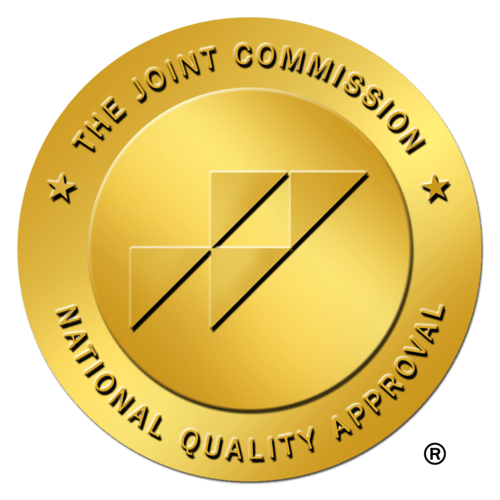
Today’s healthcare community recognizes the power of nurses. They are central to delivering quality care, having the most direct interaction with patients and working in an ideal position to advocate for patients’ needs. They represent the largest group of healthcare professionals in the United States, with registered nurses making up 30% of total hospital employment in 2019.
The profession is anticipated to see nearly 195,000 openings for registered nurses each year on average for the next 10 years, but there is one major obstacle: retirements are outpacing new nurses entering the field.
What does that mean for the future of healthcare? How would you recruit additional nurses?
Assessing challenges to the nurse pipeline
Nurses are consistently in high demand, and there is no denying the skyrocketing need for more nurses since the pandemic. But healthcare facilities continue to struggle with recruitment and retention challenges, and nursing schools continue to struggle producing enough new nurses.
“It’s projected that, between now and 2030, we’ll have a large number of baby boomers leaving the profession. This is just around the corner. And you can’t produce more nurses if you don’t have faculty, but the faculty population is even older than the nurses. We can’t fix the downstream problem of needing more nurses until we address the problem of educating more nurses,” says Dr. Martha Dawson, president of the National Black Nurses Association and an associate professor of nursing at the University of Alabama at Birmingham’s School of Nursing.
Nursing schools must also continue to address the need for more diversity among the nursing workforce. “There has also been plenty of research that has found there are better patient outcomes when the nursing workforce is more educated and more diverse. We know that the nursing shortage is horrendous. So, we have to create avenues that get people who are not nurses all the way to becoming bachelor’s-prepared nurses,” says Kate Tredway, academic director and clinical instructor at the University of Illinois Chicago’s College of Nursing.
Welcoming new talent to the nursing workforce
Those challenges prompt the healthcare community to take its assessment back one step further: how should healthcare facilities and nursing schools attract nursing candidates in the first place?
“We talk a lot about staffing, but what we miss is how do we keep the great people that we have… How do we create joy in practice?”
- Mark Smith, VP of Workforce Strategy & Analytics at Providence
Watch more from Mark below:
Smith’s focus on keeping great professionals sets the stage for a deeper look at attracting them. Creating joy in practice is central to the strategy of “welcoming people into healthcare [who] hadn’t thought of healthcare as an option before.” But how can healthcare facilities do that, especially as burnout among nurses continues to make the headlines? Finding creative ways to recruit nurses is paramount to healthcare facility's success.
Let’s explore 5 nurse recruiting strategies to do just that:
1. Provide flexibility
Nurses have been clearer about what they want and need in this new era of healthcare work, and it centers around a healthier work-life balance. To kick-start that balance requires flexibility. Adding flexibility to your hospital or healthcare facility’s strategy strengthens your clinical workforce and advances its reputation as a people-focused organization willing to take action for modern professionals. Having that reputation opens the door to welcome new professionals into healthcare.
Bonus: At CareRev, we connect healthcare facilities with nurses who want flexible, on-demand shifts. Our healthcare staffing marketplace platform allows facilities to address fluctuating patient volumes and allows modern nurses to take command of their work-life balance.
2. Create an ambassador-worthy culture
Develop a work environment that earns trust, celebrates and listens to nurses, and sets each team member up for success. Foster initiatives that consistently support this approach from top leadership down. This will help not only build a more engaging culture but it will also allow you to build nurse ambassadorship.
Collaborate with these ambassadors on referral programs, marketing projects, and outreach programs to attract new nursing candidates and amplify the voices of professionals.
3. Take action on core values
Your facility has committed to supporting a set of core values. That’s a great first step!
Now take action in practical ways that show nursing candidates your facility invests in what is important to its patient community and to its team. Measure efforts consistently - and transparently - to ensure accountability.
4. Institute employee referral and mentorship programs
Having these programs can help your facility engage with new nursing candidates and its current workforce.
Staffing managers can communicate internal openings and per diem shifts to more candidates through nurses’ connections. Internal nurses can take a proactive approach in building their work community. New nursing candidates will have the opportunity to learn about the culture and feel more supported in making a decision to join the field.
5. Build local connections
Your hospital or health system facility has talent in its own backyard. Kick off marketing efforts that focus on identifying local candidates. This may include sponsoring community events, connecting with area schools, and exploring compensation and perks other organizations close by offer.
Bonus: At CareRev, we actively recruit professionals with at least one year of clinical experience and who seek local, flexible on-demand shifts. Partnering with us can support your community connection efforts and further strengthen your talent pipeline.
We’ve got more on attracting new nurses to the field and how your facility can tackle recruitment and retention. Check out our webinar with Becker’s Hospital Review featuring Mark chatting with CareRev CEO and founder Will Patterson. Let CareRev help you find the best way to recruit nurses for your facility.





